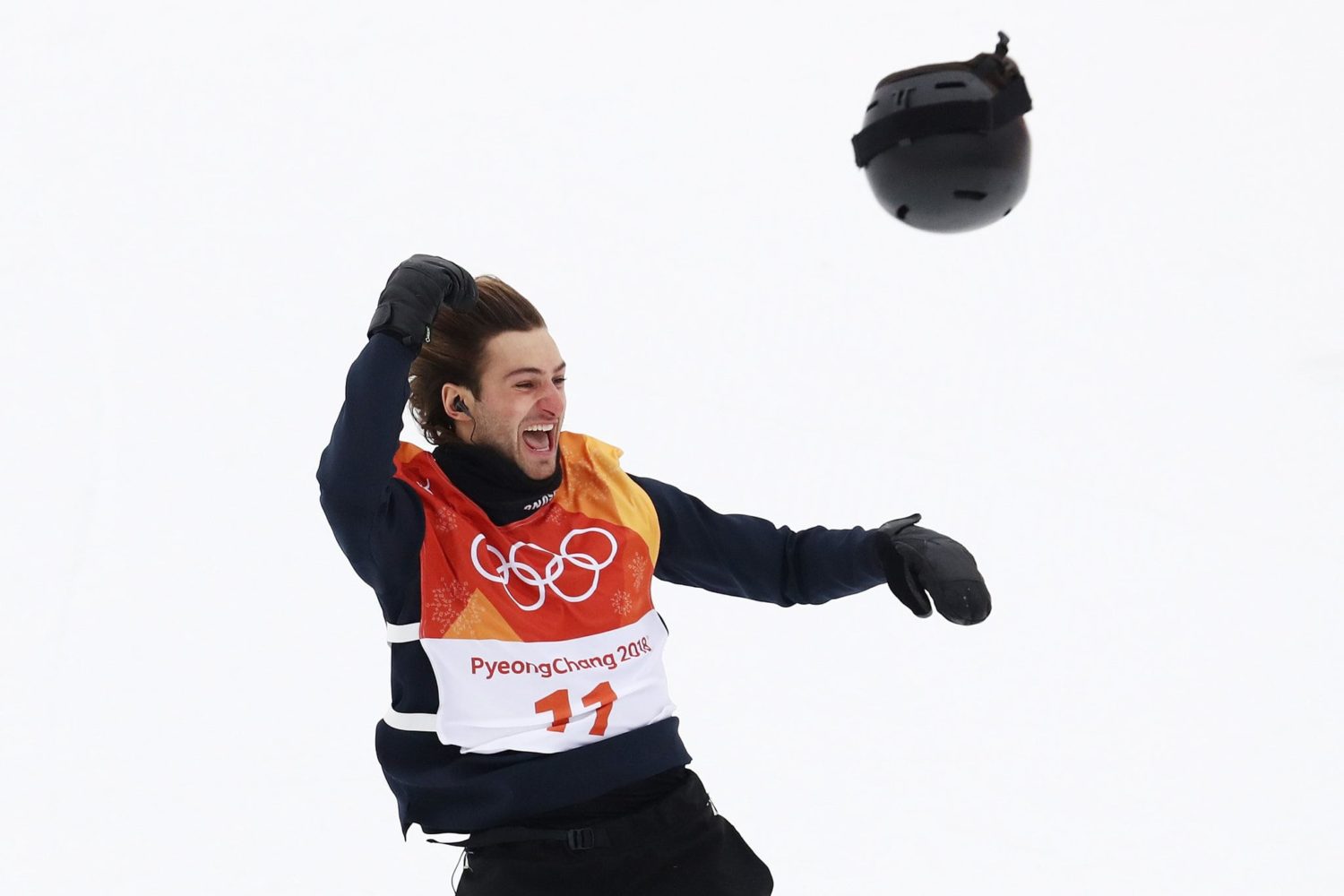
Music has gone hand in hand with sports for years. Whether it’s an Olympic snowboarder plugging in before they hit the halfpipe, or an energetic spin class, music is a tool used by many different athletes.
While headphones work great for snowsports, it’s debatable if they should be worn on the mountain. The mountain environment offers challenges that require focus and awareness. When should you listen to your tunes, if at all? Does music really enhance your riding? And if so, what is the best way to listen to music safely?
There’s a Time and a Place
When deciding whether to plug in or not, consider the day’s vibe. Are the slopes crowded or do you have the mountain to yourself? There are instances when headphones are not recommended, and others that are deemed acceptable. Let’s take a look at a couple:
Out of Bounds
When SnowBrains asked their Facebook community if they ride with headphones, there was a consistent answer regarding out of bounds riding. Instability in the snow can be heard, and that awareness can save your life. So it is recognized that you should be able to hear a “thud” when you are out in the backcountry.
“I like to hear what’s going on around me. If the snowpack is unstable, I’d prefer to hear it before I feel it!” — Brennon Naeve
At the Resort
Resort riding is where things get complicated. Many people say they prefer to be completely aware of everyone around them without distraction.
“The sound of snow is all the music I need.” — Michael Etezadi
Others say one earbud in is acceptable. Some prefer turning down the volume to a reasonable level which allows you to still be aware of your surroundings. And there’s always that guy with the speaker… hopefully he’s playing good music.
Many enjoy the benefits of listening to music on the mountain, but still take their awareness of others into consideration. A common theme in mountain recreation is that you are responsible for your level of awareness and control. Since it is too difficult to police earbud usage on the mountain, skiers and snowboarders are encouraged to follow the Responsibility Code.
When Outside asked how dangerous wearing headphones is, NSAA’s director of risk and regulatory affairs, Dave Byrd makes an important point.
“We want to reinforce critical safety messages, but at the same time we don’t want to be a bunch of killjoys; there are plenty of people who probably can ski with music in a very controlled manner.”

Music and Athletic Performance
Many athletes have that one song that sends them into overdrive. When it comes to skiing and snowboarding, listening to music can make you feel like you are the star in your own action film. In some instances, music has been shown to produce an ergogenic effect on athletes.
In a review of recent theory, research and applications pertaining to the effects of music in sports, music is believed to improve athletic performance.

Synchronous music is a mechanism that enhances physical performance and easily relates to skiing and snowboarding. When watching someone lay perfect tracks, you can almost hear the music playing. Music synchronizes pacing, tempo and rhythm–all of which are vital to overall skiing technique. Riding with confidence and good form goes so well with music, it is the reason all good ski movies exist.
Music can also affect mood and help one cope with fatigue. If listening to music means longer days and more high fives, then pump up the jams.
Smart Solutions
If you listen to music on the mountain, use your head. Ride with one earbud, or low volume. Maybe try some fancy built-in headphones in your new helmet this year. However you decide to rock out, continue to be aware of your surroundings.
“Music is a tool that can help hack flow states and enhance your experience in whatever you’re doing, but situational awareness obviously shouldn’t take a back seat. I like to wrap the ear bud cords around the back of my ears and hold the buds an inch or so in front of my ears with my goggle strap so I can also hear what’s going on around me.” –Jon Roubik